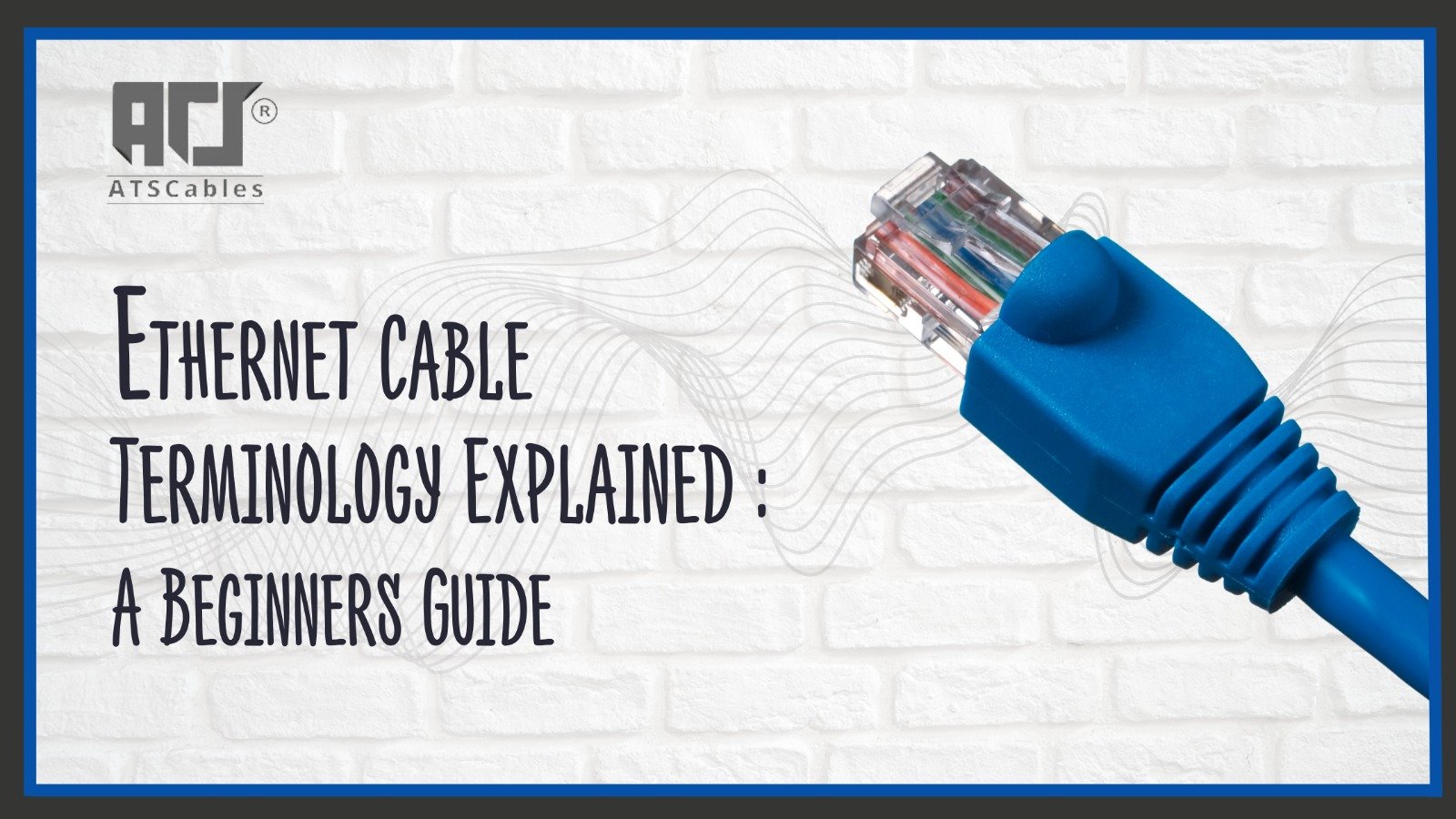
7 Key Differences Between Ethernet Cable and Network Cable
The strength of wired device communication primarily depends on cables that enable uninterrupted device connections. All cables perform different network functions. Many individuals believe Ethernet cables are similar to network cables even though these two network tools have diverse features.
Every Ethernet cable functions as a network cable yet network cables do not necessarily support Ethernet communication. Identifying the distinct characteristics enables users to select appropriate network hardware correctly. Reading this article provides you with information about seven fundamental differences that separate ethernet cables from network cables.
Understanding Ethernet and Network Cables
Standard network cables cannot be assumed as Ethernet cables despite public misconception. The industry standards that Ethernet cables adopt for wired networking stand apart from the broad spectrum which includes fiber optics and coaxial cables that network cables cover. Separating these network options allows people to match their requirements with appropriate wiring systems for residential homes, commercial offices, or industrial complexes.
Definition and Purpose
Not every cable used for networking is an Ethernet cable. Both network and ethernet cable have different use cases. Here are some key things that you need to keep in mind:
- Ethernet cables follow specific standards to connect devices within a local network.
- Network cables include Ethernet cables but also cover fiber optic and coaxial cables used for internet, telephone, and other data transmissions.
- The term network cable is broader, while Ethernet cable refers to a specific type used for wired internet and LAN connections.
Types and Variations
As mentioned before, different cables serve different purposes. There are differences within the ethernet and network cables that you can find with different purposes. Here’s a quick overview:
- Ethernet cables come in categories like Cat5e, Cat6, Cat6a, and Cat7, each offering improved speed and shielding.
- Network cables include fiber optic, coaxial, and telephone cables in addition to Ethernet.
- Shielded and unshielded options exist for Ethernet cables, protecting against interference in high-traffic areas.
Data Transmission Speeds
Speed is a major difference between these two cables. They both offer different rates to various needs. Below is a quick idea about the speeds of both cables:
- Ethernet cables support speeds ranging from 100 Mbps (older Cat5) to 10 Gbps (Cat6a and above).
- Network cables may not always support high speeds, especially older types like telephone lines or coaxial cables.
- The latest Ethernet cables ensure fast, stable, and interference-free data transfer.
Physical Appearance and Connectors
Another important thing that is worth noting is that not all network cables look alike. They have a different appearance that helps you spot the difference. The key distinctions between both cables include:
- Ethernet cables have an RJ45 connector with eight pins, resembling a large phone jack.
- Network cables vary in design, with connectors like BNC, SC, ST, and RJ11, depending on the type.
- Color and thickness also differ based on shielding and cable type.
Usage in Different Environments
Where and how these cables are used can vary. Ethernet cables are common in homes, offices, and data centers for connecting:
- Computers
- Routers
- Switches
On the other hand, network cables serve multiple purposes, including:
- Telecommunications
- Video transmission
- Large-scale infrastructure projects.
Industrial settings often require fiber optic cables, which fall under the network cable category but are not Ethernet-specific.
Signal Strength and Distance Limitations
Cables have different abilities regarding distance-over-data transmission. Understanding this element plays a vital role when establishing network setups that exceed short distances. The following essential information will help you understand the matter better:
- The performance of Ethernet cables continues without deterioration until they reach 100 meters in distance.
- The transmission of data through fiber optics network cables achieves great distance potential because it produces limited signal degradation.
- The signal quality of Ethernet cables improves when they contain shielding features and are designed for high-performance applications.
Cost and Availability
Last but not least, the cost is an important factor that sets them apart. Pricing and accessibility depend on the cable type. Here are the key differences when it comes to cost and availability:
- Ethernet cables are widely available and come in affordable options like Cat5e and Cat6.
- Network cables vary in cost; fiber optic and specialized cables tend to be more expensive.
- Pre-made Ethernet cables are easy to find, while certain network cables may require professional installation.
Conclusion
The selection of appropriate cables depends entirely on which connection type one needs and how one plans to utilize it. The establishment of a quick dependable internet connection requires using Ethernet cables. Network cables support a wide variety of networking technologies for broader system connections.
Knowing the differences between cables helps users select ones that meet their requirements for fast speed along with stable operation and long-duration effectiveness. Need high-quality cables? ATS Cables offers reliable Ethernet and network cables for home and business use. Browse our selection today!
FAQs
Can a network cable be used as an Ethernet cable?
Yes, if the network cable is an Ethernet cable, such as Cat5e or Cat6. Other types, like fiber optic or coaxial, won’t work for Ethernet connections.
What does an Ethernet cable look like?
It has a thick, round body and an RJ45 connector with eight pins. It resembles a larger telephone cable but is used for internet and networking.
Is a LAN cable the same as an Ethernet cable?
Yes, the LAN cable serves as a particular Ethernet cable that connects devices present in local networks, including computers, routers, and switches.
Which Ethernet cable is best for gaming?
For gaming activities, Cat6 and Cat6a represent the optimal choice because they provide quicker speeds and lower latency together with enhanced protection against electromagnetic interference.
What is the best way to determine whether your wire is an Ethernet cable?
The RJ45 connector is the identifying feature of an Ethernet cable that has eight pins integrated into its plug. You should examine the visible markings placed on the cable because they usually confirm the cable category.
keep connected
Get updates by subscribe our weekly newsletter

